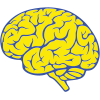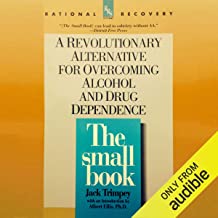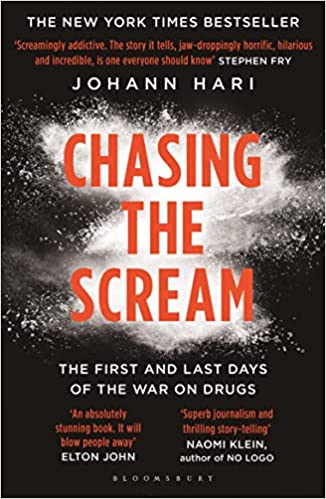Cocaine Dependence
Cocaine dependence is a biopsychosocial disorder characterized by persistent use of cocaine despite substantial harm and adverse consequences.
Cluster Number:
Wiki Number: W044
Diagnosis: Cocaine Dependence
US Patients: 6000 deaths annually
World Patients:
Sex Ratio: M;W3
Age Onset: 13-4X vs. 19
Brain Area: overdoses can constrict blood vessels in the brain and heart – causing damage
Symptoms: positively-high energy; negatively-high body temperatures, irregular heart beat, death, amphetamine psychosis,
Progression: large doses cause mood swings, paranoia, insomnia, psychosis, high blood pressure, panic attacks, cognitive impairments
Causes: 15% of users become dependent in two years
Medications: None investigated were effective.
Therapies: 12-Step Cocaine Anonymous; CBT – both have low success rates
Youtube Video: What’s Cocaine Addiction Like?
Amazon (Only on Audible), but maybe the Library has it also:
The Small Book . . Alcohol and Drug Dependence
Amazon or Library Book:
Chasing the Scream
Click the book to link or buy from Amazon.
Click the book to link or buy from Amazon.


